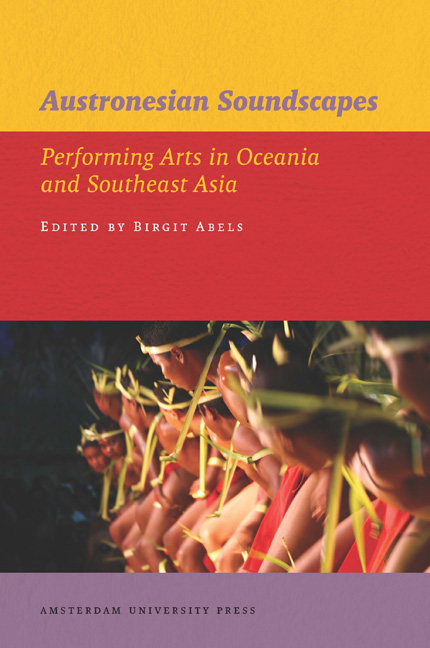10 - Fijian Sigidrigi and the Performance of Social Hierarchies
Published online by Cambridge University Press: 20 January 2021
Summary
Introduction
This chapter discusses how social power is maintained and negotiated via Fijian sigidrigi (derived from the English ‘sing-drink’) performances. This Fijian music genre consists of songs featuring three or four-part vocal harmony, which are accompanied by guitar and/or ukulele. They are mostly performed by groups of men to entertain people during informal yaqona (or kava as it is known throughout Polynesia) drinking sessions. The repertoire consists of covers of overseas songs, as well as songs composed by Fijians in styles adopted and adapted primarily from North America and Britain (for example, rock, pop, country and blues), as well as the Caribbean (for example, reggae). The repertoire also includes songs adopted from the Indo-Fijians, Aotearoa/New Zealand Maori, Banaban Islanders, Hawai’ians, Tongans, and Papua New Guineans.
Prior to the 1970s, sigidrigi performance was restricted to men over 30 (particularly those in their 40s and 50s), as these were the only individuals permitted to drink yaqona with the turaga (chief). The younger men pounded, mixed and served the yaqona while listening to their elders performing sigidrigi and discussing village events. However, the period after Fijian independence from Britain in 1970 was a time of social change when tabu (restrictions) pertaining to yaqona consumption were relaxed (Masta Vilimone Kabu, personal communication). During fieldwork conducted on the islands of Taveuni and Qamea, which I undertook from March to September 2005 and from mid-December 2005 to February 2006, I observed that both men and women as young as their mid-teens could drink yaqona and perform sigidrigi at social gatherings.
Sigidrigi performance, therefore, is no longer the preserve of male elders, but has been opened up to lower-ranking members of Fijian society (that is, youth and females). But has the democratisation of yaqona drinking and sigidrigi performance actually created new opportunities for the negotiation of social power? If so, how are these power relationships being maintained and contested via sigidrigi performance?
This chapter explores how sigidrigi performances can be regarded not only as musical performances, but also as events at which Fijian social hierarchies are performed and enacted. Fijian social relationships are structured by age, hereditary rank and gender.
- Type
- Chapter
- Information
- Austronesian SoundscapesPerforming Arts in Oceania and Southeast Asia, pp. 205 - 222Publisher: Amsterdam University PressPrint publication year: 2012

